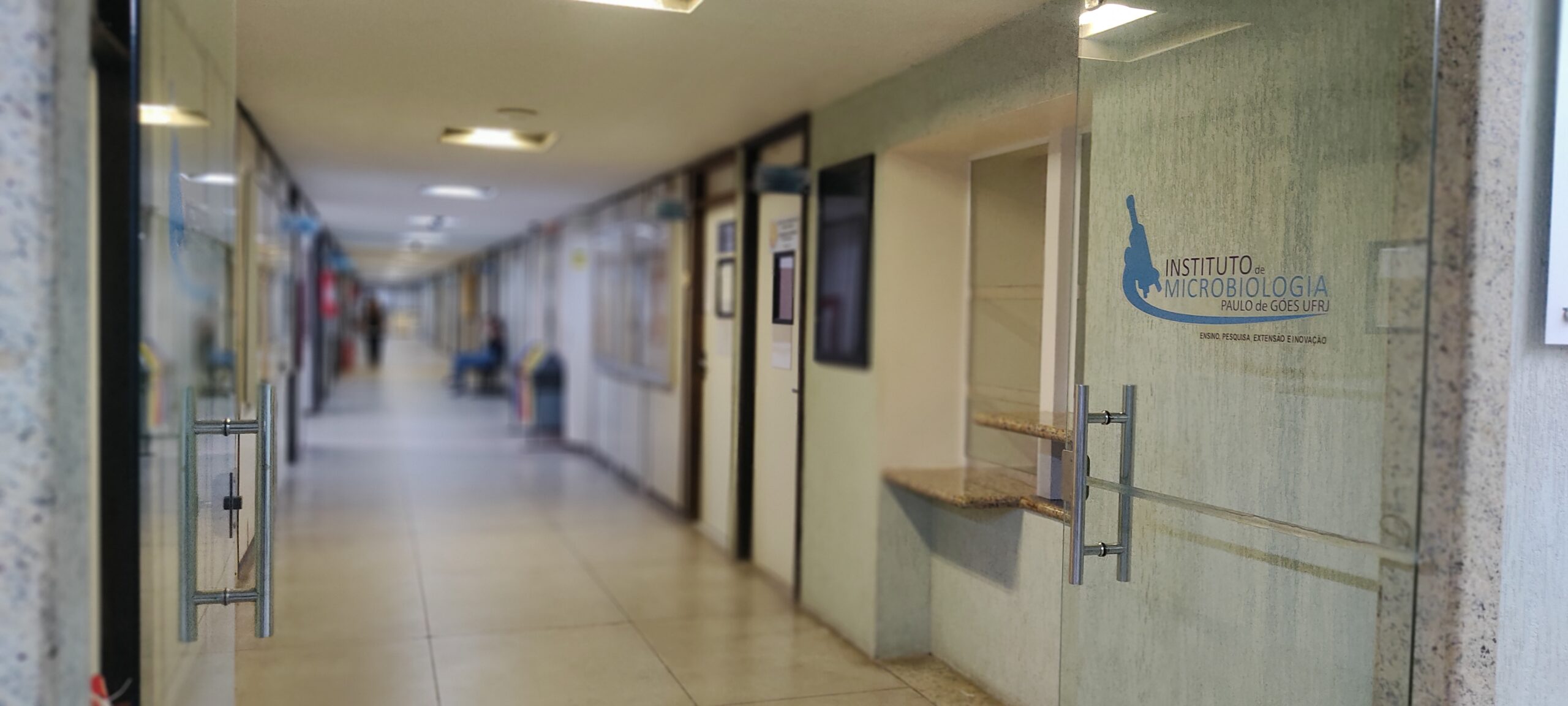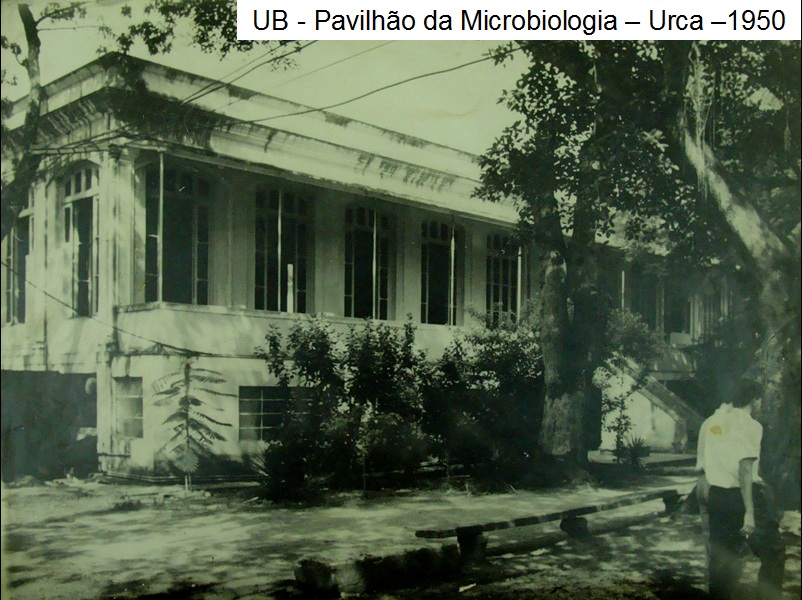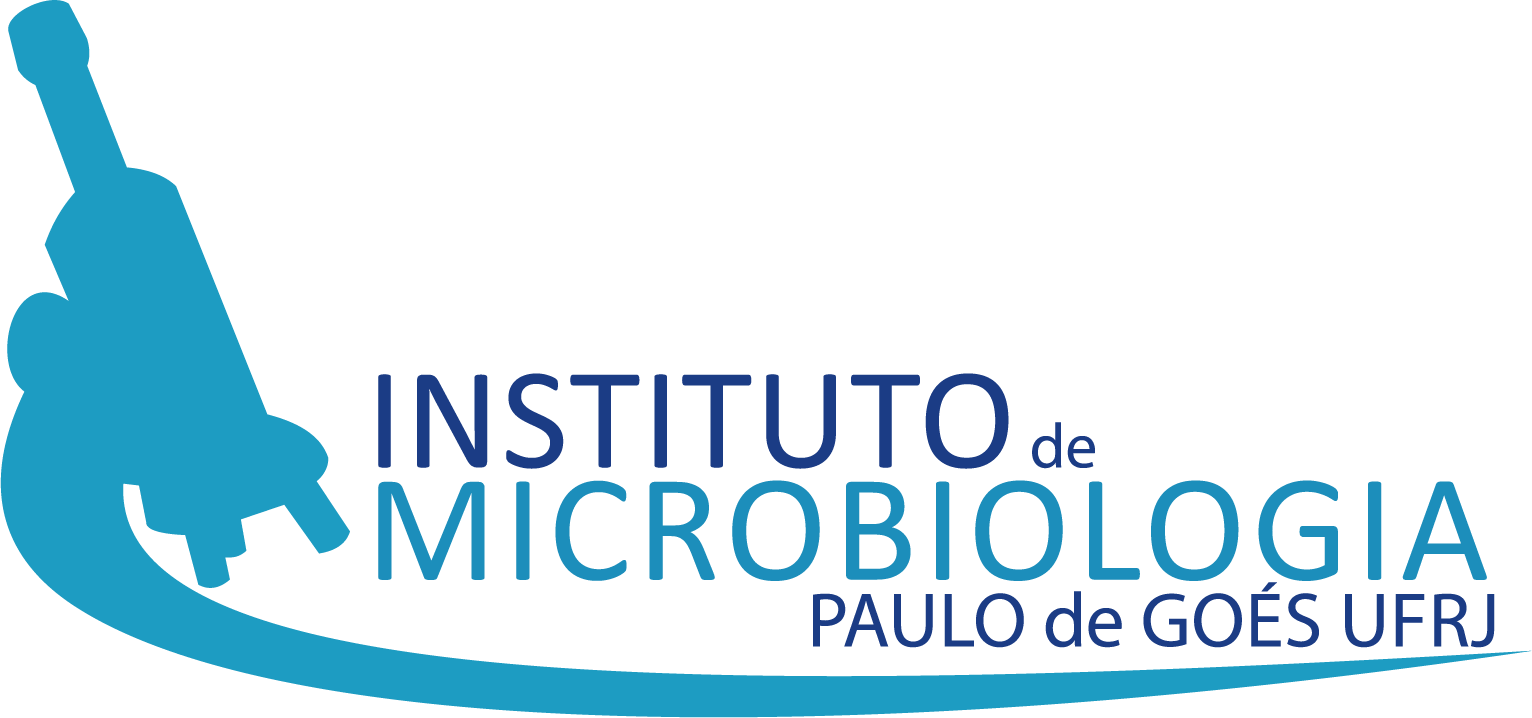
IMPG Presentation
Paulo de Góes Institute of Microbiology (IMPG) is a national reference in the teaching of microbiology and related fields that prepare microbiologists. This includes undergraduate studies in Biological Sciences with an emphasis on Microbiology, as well as Postgraduate Programs in Science (Microbiology) and Immunology and Inflammation.
Our activities are organized into four main areas that complement each other, and whose expertise enhances the scope, complexity, and impact of our work: General Microbiology, Medical Microbiology, Virology, and Immunology.
We prioritize the holistic development of our students, linking their academic activities with research projects focused on both basic and applied sciences, which are extended to society through various outreach projects.
We embrace science as a means to expand the boundaries of knowledge and provide solutions to improve the quality of life on Earth through innovation. We believe in our students as guardians of this principle and agents of societal transformation.
We are a thriving community!

History
By Maulori C. Cabral
The history of Microbiology teaching began in 1946 at the University of Brazil*. The founder and creator of the Institute of Microbiology was Professor Paulo de Góes, whose name was added to the institution’s name as a tribute for his recognition of all his work and dedication to Microbiology.
Paulo de Góes was a doctor by training, but by vocation, he was a microbiologist. When he became a full professor of Microbiology at the Anna Nery School of Nursing, he began his work with recognized leadership in the training of microbiologists in the country. After other competitive exams, Professor Paulo de Góes also held the chairs of Microbiology at the Schools of Pharmacy and Medicine. In order to meet the needs of these three institutions, which included lectures, students, faculty support, and overall organization, he worked hard to bring together all three teams in one location.

This location was found in 1950, and it was the building that previously housed patients from the Psychiatric Hospital (Pinel) in Urca. After some minor repairs, it was renamed the Pavilion of Microbiology. It was here that students from the three faculties began attending both theoretical and practical Microbiology classes. Under the coordination of Professor Paulo de Góes, Microbiology flourished. The success of the teaching and research carried out at the pavilion caught the attention of other professors and researchers, and soon, the Microbiology department from the School of Dentistry joined the growing group.
In early 1951, aiming for the national professionalization of Microbiology, the first Update and Review Course in Microbiology and Immunology Methods (CARMMI) was offered to graduates working in the field of microbiological sciences. This course continued until 1992.
The administrative work involving the four departments needed to accommodate multiple interests, both from faculty and students. The solution found was to give the pavilion the status of an autonomous academic unit, though this process required a set of rules and approval from the University Council. For this, Professor Paulo de Góes took a vacation and went to Petrópolis with his wife, Dona Risoleta de Góes. With the encouragement and help of Dona Risoleta, who was an expert typist, the entire regulation for the emerging unit was drafted, and it became known as the Institute of Microbiology. Due to the four groups brought together with different areas of expertise, the departments of General Microbiology, Medical Microbiology, Immunology, and Virology were created. During this period, Paulo de Góes began dedicating himself to Virology, while always thinking about the growth of the institute as a whole. With funding from American foundations such as Rockefeller, Kellogg’s, and Ford, the research conducted at the IM took on a new dimension, largely thanks to the leadership of Professor Paulo de Góes, who was a member of the World Health Organization, the Pan American Health Organization, and several other international organizations. In Brazil, he was a member of the Academy of Medicine and the Academy of Sciences.
In order to improve the teaching of Microbiology in the country, in 1953, a graduate-level program (lato sensu) was created with the Specialization Course in Microbiology and Immunology (CEMI), which lasted 10 months and aimed to train university professors in these fields. The selection criteria were rigorous and of high quality. First, candidates had to attend and pass the CARMMI course. Students and professors from other states and Latin American countries came to study at the Institute. The course demanded a great deal of effort from students to keep up with both theoretical and practical work, which included weekly eliminatory exams and practical training that ranged from the correct washing and processing of materials to more advanced techniques. Several generations of excellent microbiologists graduated from this course. The students returned to their universities and either enhanced existing programs or founded new Microbiology courses, creating professional, educational, and research hubs in Microbiology.
In 1963, the IM began offering a postgraduate stricto sensu program, becoming the first institution in the country to grant a Doctorate degree.
During this period, Luis Rodolpho Raja Gabaglia Travassos, a researcher who consolidated research in the Department of General Microbiology, joined the Institute’s program. He brought new concepts and contributed to the growth and recognition of the research conducted at the Institute.
From 1950 until his death in 1982, Professor Paulo de Góes dedicated his life to the Institute and to Microbiology in all its scientific aspects, providing opportunities for young professionals to join the great family of Brazilian microbiologists. Paulo de Góes started his journey young, full of vitality, and grew older as the IM evolved.

Professor Paulo de Góes – An Example of Dedication to Microbiology
In 1994, the Institute of Microbiology created the first undergraduate program in the country for the training of Bachelor’s degrees in Microbiology and Immunology. To meet labor market requirements, in 2006, the program expanded its scope and began offering a Bachelor’s degree in Biology with an emphasis on Microbiology and Immunology, without, however, altering its curriculum. In 2011, the IMPG’s board decided to adjust this program further.
In 1995, the institution’s leadership, in agreement with the entire faculty, students, and staff, decided to honor Professor Paulo de Góes by changing the name of the institution to Paulo de Góes Institute of Microbiology.
Currently, the IMPG is a consolidated institution with prominent recognition in the areas of teaching, research, and extension, within the field of Microbiology.
The University of Brazil was renamed the Federal University of Rio de Janeiro in 1965, and since the year 2000, it has been granted the right to be referred to by both names.


